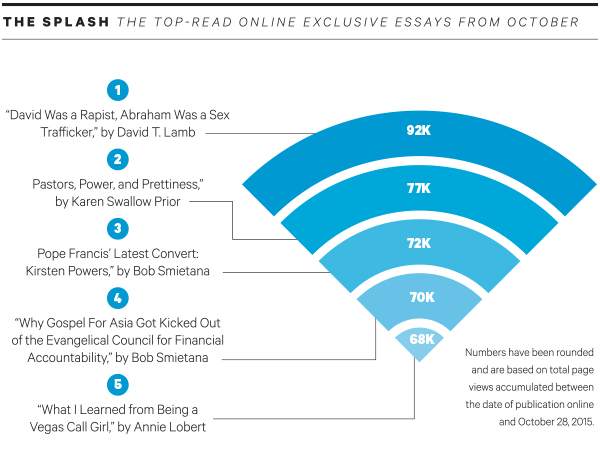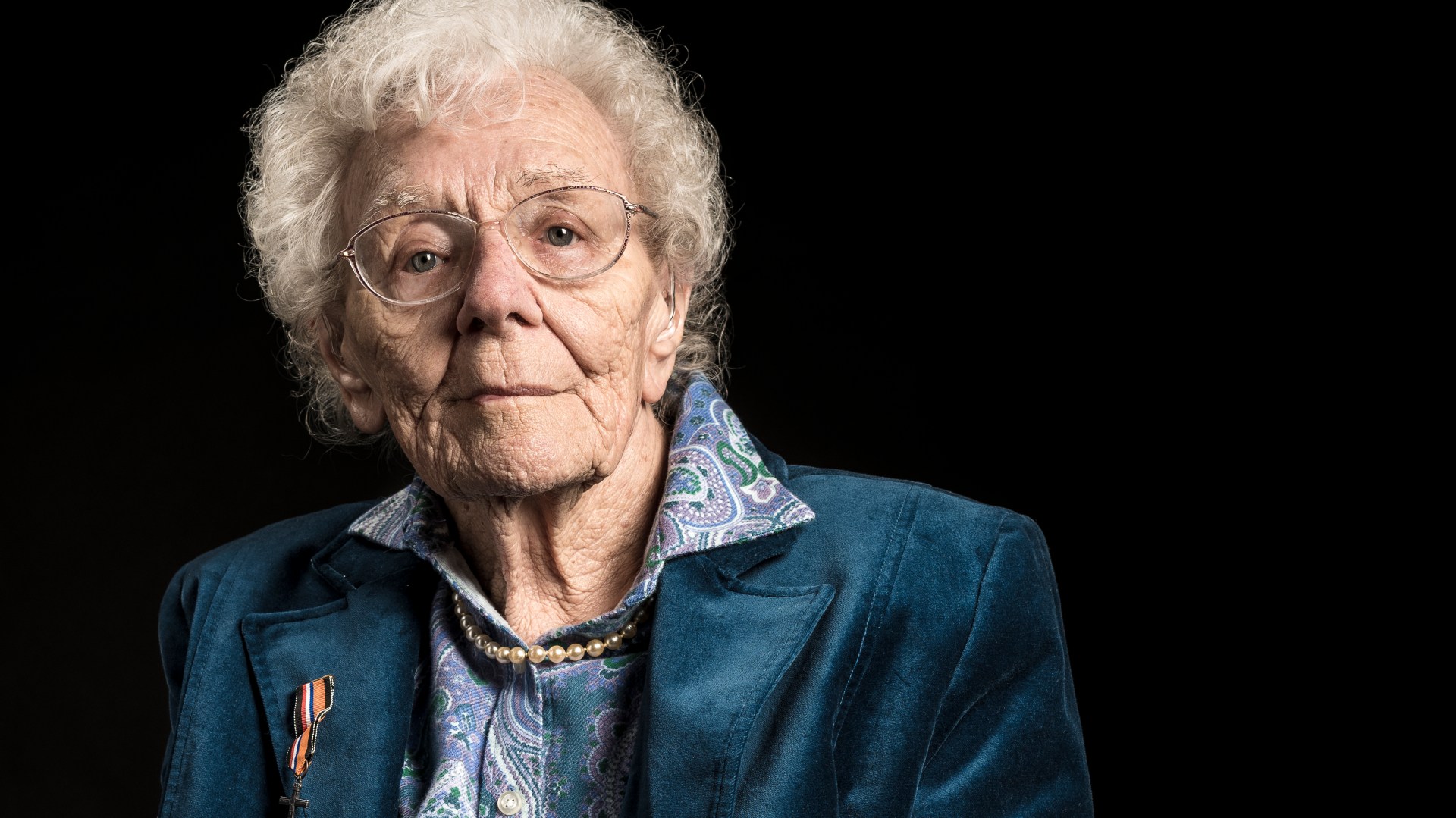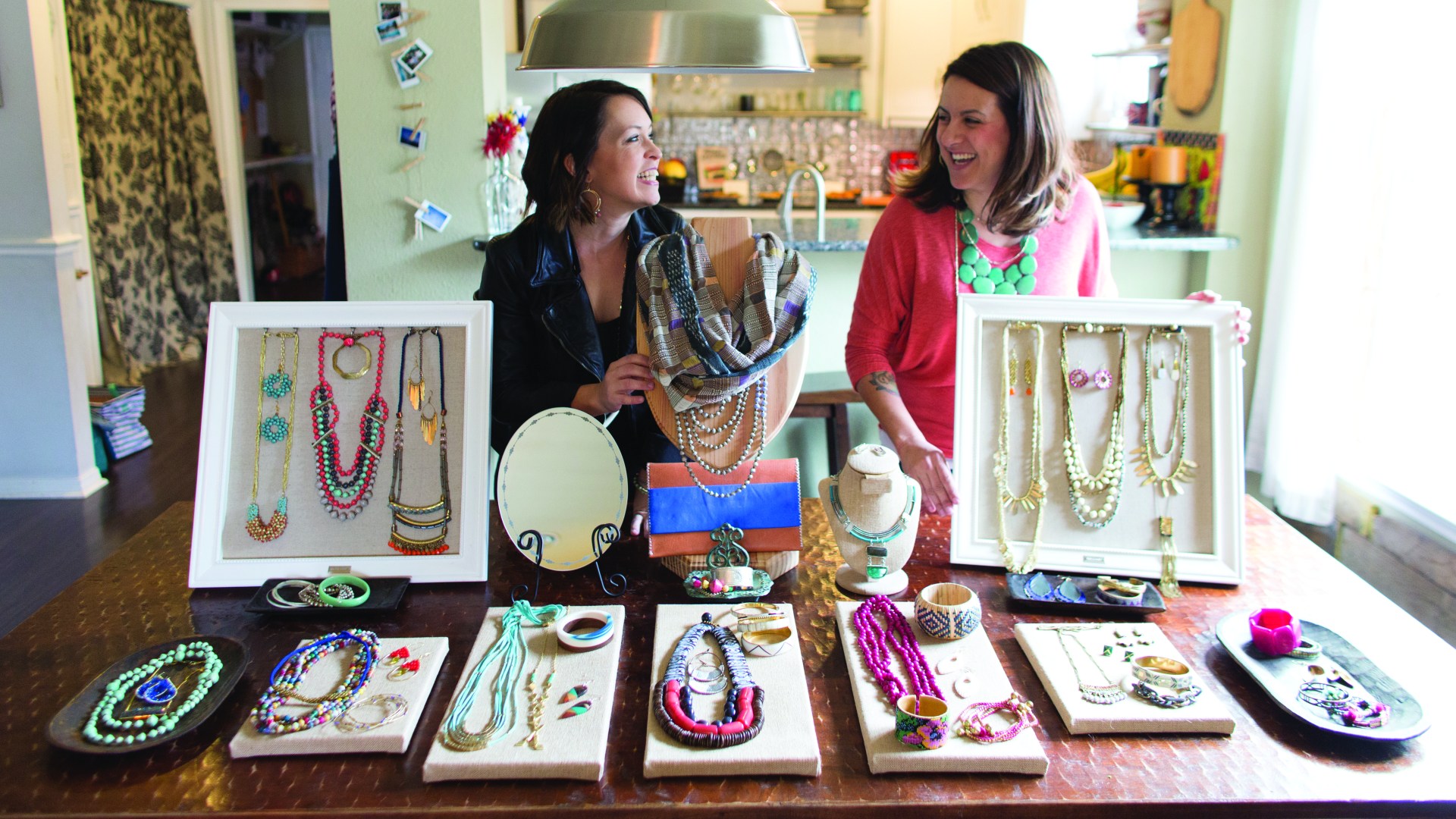Teen Mania, best known for its Acquire the Fire (ATF) rallies, is one of America’s five most insolvent charities, according to Charity Navigator. It has asked donors to be patient; Compassion International sued for a refund after paying to promote its child sponsorship at ATF events that got canceled.
Should Christians keep giving money to ministries deep in debt? Here's how experts weighed in. Answers are arranged on a spectrum from “yes” answers at the top to “no” answers at the bottom.
“If a ministry has been called by God, he may be letting it go through difficult times in order to work in the hearts of those involved. Paul had times when he was hungry and times when he had abundance, but it was one of the greatest all-time investments ever to support Paul.” ~Howard Dayton, founder & CEO, Compass (Finance God’s Way)
“Mature ministries should be held accountable. Younger ministries, however, may struggle between trusting God versus relying on their own capacities. Support that encourages their spiritual maturation but does not reinforce questionable ethics may be totally appropriate.” ~Bob Lupton, founder, FCS Urban Ministries
“Ministries with worthy goals, sound fiscal policy, and good track records should be supported even if—perhaps particularly when—struggling. But repeated mismanagement must be addressed. Even the best attempts at noble endeavors, if repeatedly not making it, need to be rethought.” ~Craig Blomberg, author, Neither Poverty Nor Riches
“On its own, a market-based approach to support of Christian ministries is inconsistent with the call to sacrificial obedience. Yet Christians are called to be stewards of the gifts—including assets—that God has given them. So ministry effectiveness is a legitimate concern.” ~Scott Pryor, bankruptcy professor, Campbell Law School
“We must count the cost of doing God’s work so the ministry can be solvent and God-honoring. God is glorified when a ministry pays its obligations on time, has adequate reserves, and sets aside funds related to restricted gifts—none of which will be true if the ministry is insolvent.” ~Dan Busby, president, Evangelical Council for Financial Accountability












